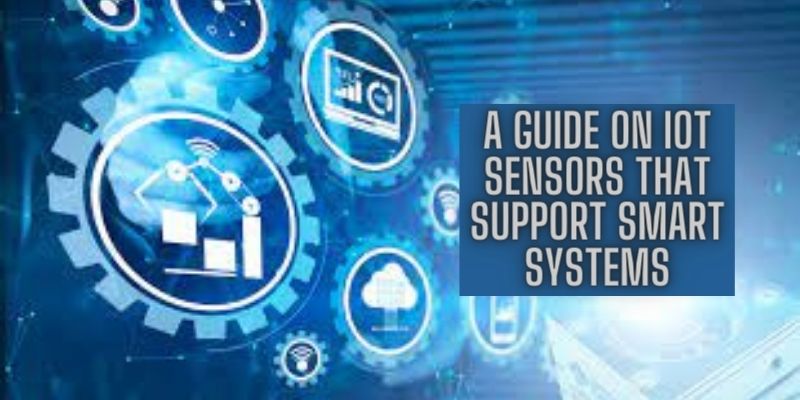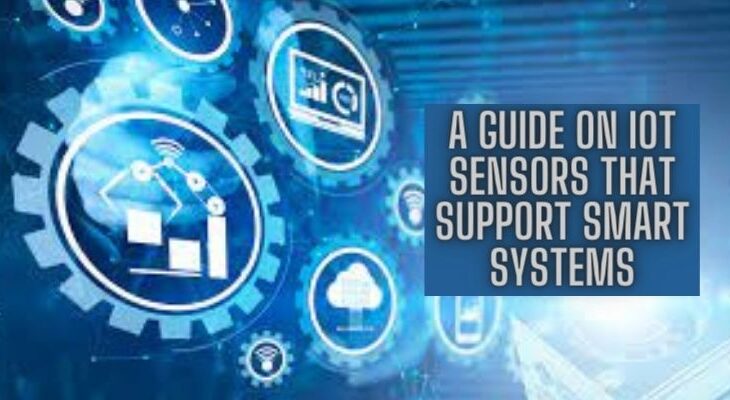
The Internet of Things (IoT) has changed the way we interact with technology and taken the digital world into new heights. One of the critical components of IoT is the extensive use of sensors and devices that enable even simple PCB layout design into smart systems to make smart decisions and enhance our everyday lives. The perfect example of IoT devices and sensors are the home appliances that work on cloud-based voices, which are seamlessly integrated to control and manage the functionalities of various connected devices. Hence, as a result, you can see many systems we use are transitioning into smart devices with the help of these sensors and devices. Therefore in this comprehensive guide, we will briefly look into the world of IoT sensors and devices and IoT sensor types.
IoT Devices:
IoT devices, also known as connected devices, are physical objects embedded with sensors, software, and network connectivity capabilities. These devices help in regulating the current flow most effectively. It is to be noted that IoT-enabled industrial environments stand as an example of the application of IoT devices, and many other sectors are shifting to industrial IoT systems.
Components Of IoT Devices:
Typically, any hardware placed on IoT systems is collectively known as IoT devices. So, IoT devices’ structure comprises sensors, actuators, software applications, processors, and other communication elements. Similarly, IoT devices can also offer you reminders and alerts, which can be used to set routines.
Requirements Of IoT Devices:
Generally, the requirements of IoT devices change as per the system requirements. However, there are some similarities in the operating method and are listed below. They are,
- Integrated CPU
- Dynamic host configuration protocol server
- Network adaptor and firmware
- Software application
- IP address
IoT devices can be used as
Sensors – Senses external factors such as humidity, temperature, distance or pressure.
Actuator – Motors, pumps, valves, and fans.
For Communication: Wi-Fi routers and relevant devices are examples of communication devices.
IoT Sensors:
IoT heavily relies on sensor technology, as sensors play a crucial role in detecting, measuring, and instantly recording various quantities and parameters. Sensor technology enables IoT applications to gain valuable insights by comprehending real-world scenarios. Integrating sensors and IoT modules allows for the analysis of sensor data, which informs critical decisions regarding the system’s operation.
IoT Sensors Types:
Passive Sensors:
These sensors do not rely on an external power supply. An example of passive sensors is thermal sensors.
Active Sensors:
These sensors require a dedicated external power supply. GPS systems serve as an example of active sensors.
Contact Sensors:
These sensors necessitate physical contact with the quantity being measured. Temperature sensors are one example of contact sensors.
Non-Contact Sensors:
These sensors can measure quantities without requiring direct physical contact. Optical sensors exemplify non-contact sensors.
Absolute Sensors:
These sensors provide an absolute reading of the measured quantity. Thermistors are an example of absolute sensors.
Relative Sensors:
The measurements provided by relative sensors are relative to a fixed or variable reference quantity. Thermocouples are an example of relative sensors.
Analogue Sensors:
These sensors produce analog signals proportional to the measured quantity.
Digital Sensors:
These sensors generate digital signals, typically binary code, representing the measured quantity.
Hence, these are the essential things you need to know about IoT sensors and devices. Approach Sunstream to assist you in developing IoT systems for your application through their embedded software development services.




 +1.585.935.7123
+1.585.935.7123 +91-804-148-6861
+91-804-148-6861